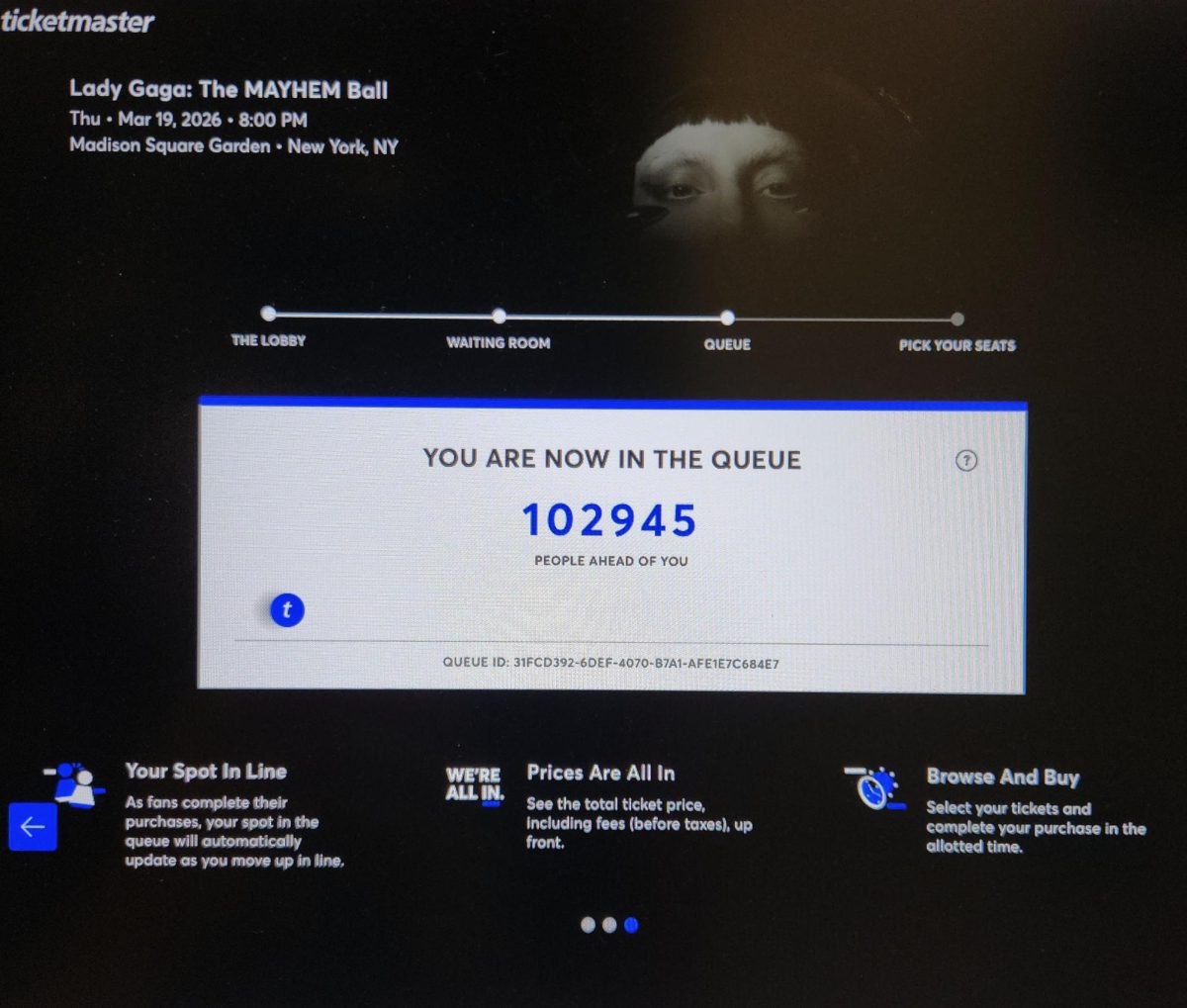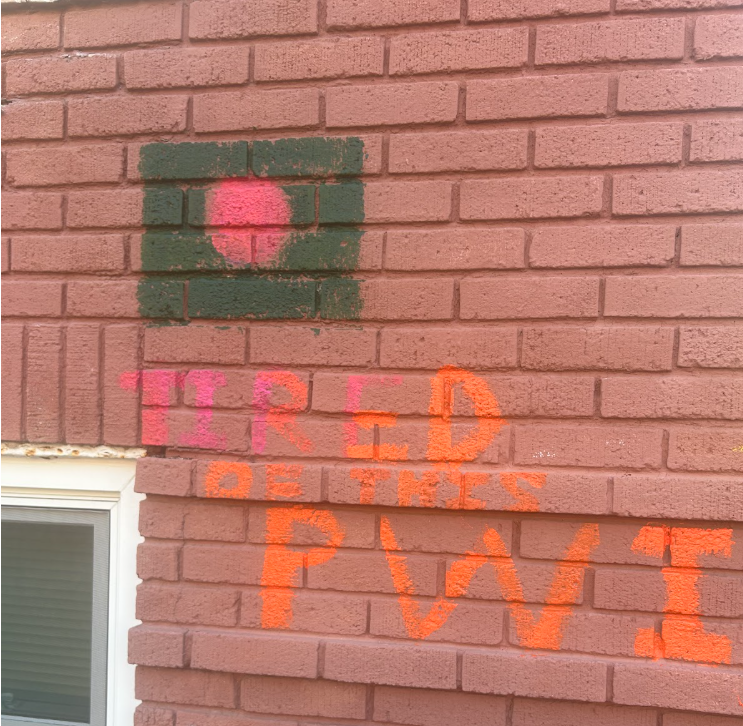On a hot afternoon last February, I found myself lugging several gallons of water across an isolated ridge in the Baboquivari Peak Wilderness, southwest of Tucson, Arizona. When my companions and I arrived at our destination – an unexpectedly shady tree with some empty plastic jugs and discarded bean cans – we met four men who had walked up from the southern side. They drank some water, their first in 24 hours. We exchanged few words as Border Patrol helicopters droned to the east. They needed to keep moving before sundown.
The Sonoran desert became my classroom that semester, which I spent with the Tucson-based Border Studies Program and the humanitarian organization No More Deaths. Since the escalation of border security in the 1990s, more than 6,000 people have died while crossing remote areas of the desert. U.S. immigration policy has generated an unrelenting humanitarian crisis within and across its borders, and we have a responsibility to actively defy the injustices committed in our names.
As a way to convey the urgency of these realities at Macalester during the 2014 International Roundtable, I proposed the installation of a mock border wall that would draw attention to both the U.S.-Mexico border and similarly fraught border zones around the world. I hoped this project would embody a call to action, pushing us to move beyond the classroom setting in support of immigrant justice. To my delight, the Roundtable committee and Macalester administration agreed to the proposal, and a team of faculty and staff helped me plan for a 100-foot long fence across the Old Main lawn.
After more than four months of preparation, during which we had recruited dozens of Macalester community members to adorn the fence with artwork and written expression, the administration suddenly changed their mind. They said they were worried about student sensitivities, particularly among people who have experienced trauma from real-life walls. But if we never draw attention to borders in provocative ways, how will we ever tear them down? Students at Macalester frequently discuss troubling global issues, whether in the classroom, at campus events or during International Roundtable programming. What makes public art different?
During further discussions, it surfaced that the administration was actually preoccupied with potential controversy that could result from the project’s installation. The fence’s dates coincided with Family Fest, and this timing provoked anxiety about Macalester’s public image. As a college that prides itself on global citizenship and community engagement, it seems that the administration would be proud to showcase student activism. Instead, it forced us to move the project to one of the most isolated places on campus: the courtyard between the Theatre Building and Neill Hall. The administration’s action silences the experiences of students who have experienced borders in deeply personal ways, shoving their realities – and our collective complicity – out of view. The obscure location does not do justice to their stories.
After we proposed a series of compromises that the administration rejected without satisfactory explanation, the courtyard became our only viable option. The project does not qualify as a “mock border wall” anymore, as its current placement fails to impede movement or bisect a unified space. Since this location change stripped the fence of its meaning, the installation has simply become an educational and artistic display. We renamed it “Why Walls? A Border Awareness Project” to reflect these fundamental changes.
The fence fortunately still includes a beautiful collection of campus-generated projects that highlight diverse border regions of the world. While it draws attention to the violence and alienation that borders often produce, several panels also celebrate the ways in which people, cultures and ideas have managed to transcend these divisions. I urge you to visit the installation, which remains on display until Monday, Oct. 13 and includes an open response panel for community dialogue regarding the project and its politics on campus.
The border project follows a rich history of anti-apartheid activism across U.S. campuses, beginning with the construction of mock shantytowns in the 1980s to protest the appalling conditions in South Africa. By implementing mock walls and checkpoints, students have adapted this tactic to expose present-day struggles in the U.S.-Mexico borderlands, Israel/Palestine and indigenous communities. Such projects challenge our complicity in the family separation, economic exploitation, imprisonment and deaths that border enforcement renders necessary. Macalester essentially chose to censor these realities, and the bureaucratic control over community activism must compel us to multiply our efforts.
Fortunately, this broad-based organizing has already taken hold on campus. Members of ¡Adelante!, for instance, have done extensive work to support the Latin@ community and discourage immigrant dehumanization with their “Drop the I-Word” campaign. And as a student body with diverse strengths and interests, we have enormous potential for transformative collaboration. In the spirit of this activism, please engage with the border project and begin channeling the Roundtable’s conversations into nonviolent action. We must collectively generate a crisis for the system that makes these injustices possible, acting out of love for the world that we wish to inhabit.







Virginia Black • Sep 8, 2019 at 9:20 pm
What a funny blog! I genuinely enjoyed watching this humorous video with my family unit as well as with my friends.
FashionNovacode • Aug 1, 2019 at 1:07 am
This is very interesting, You are an extremely skilled blogger. I’ve joined your feed and appearance forward to seeking considerably more of one’s fantastic post. Likewise, I ave shared your site in my internet sites!
NativeDeodorantcoupon • Jul 30, 2019 at 10:11 am
Superb article, some quite definitely hard work spend here. The best strategy so far could be the your textual content!
PeterPiperPizzacoupon • Jul 30, 2019 at 5:47 am
Thanks for publishing the particular brilliant post. A person talked about the web link building methods surprisingly.
SkyZonecoupon • Jul 29, 2019 at 9:30 pm
Good post Brian how you covered all of the techniques for webmasters.